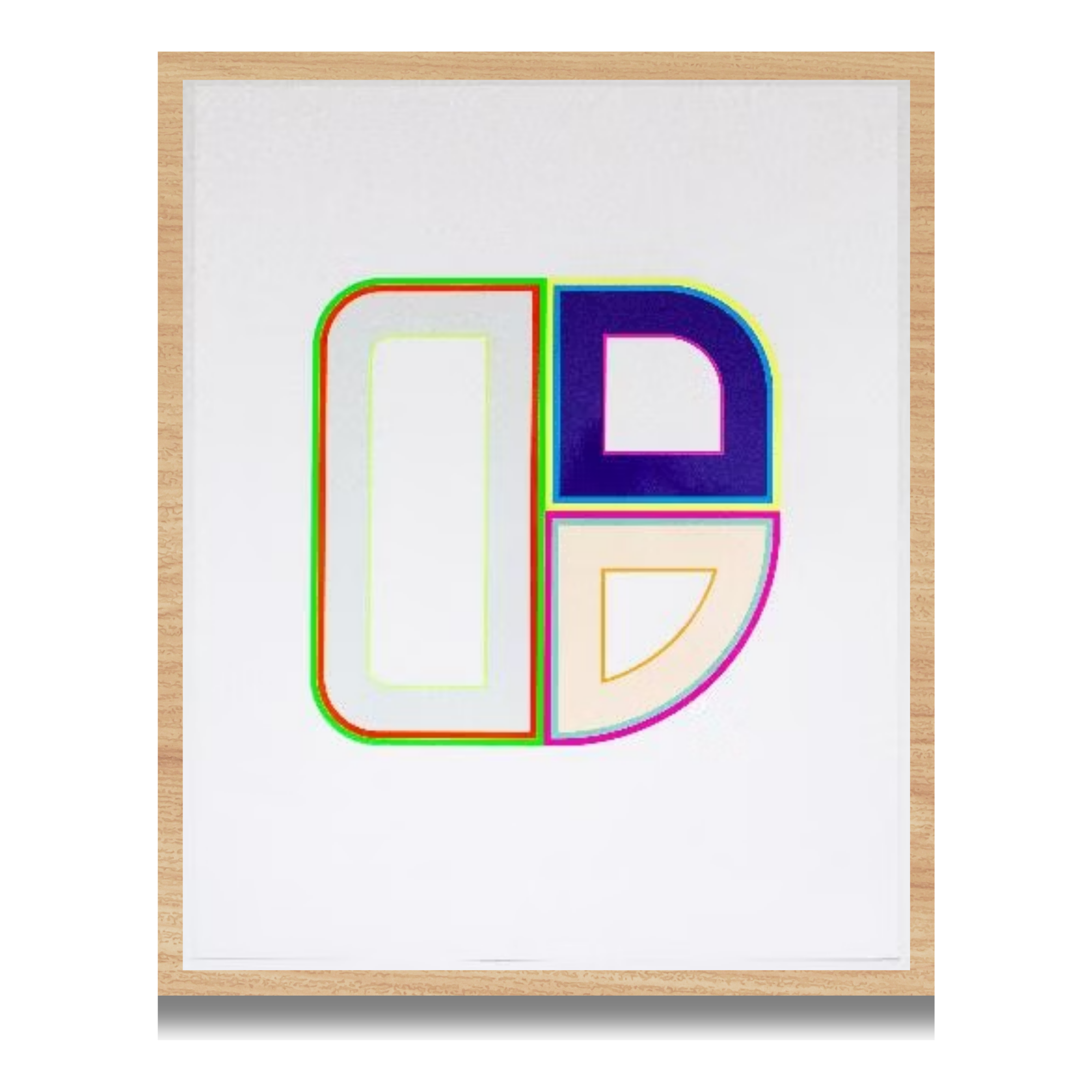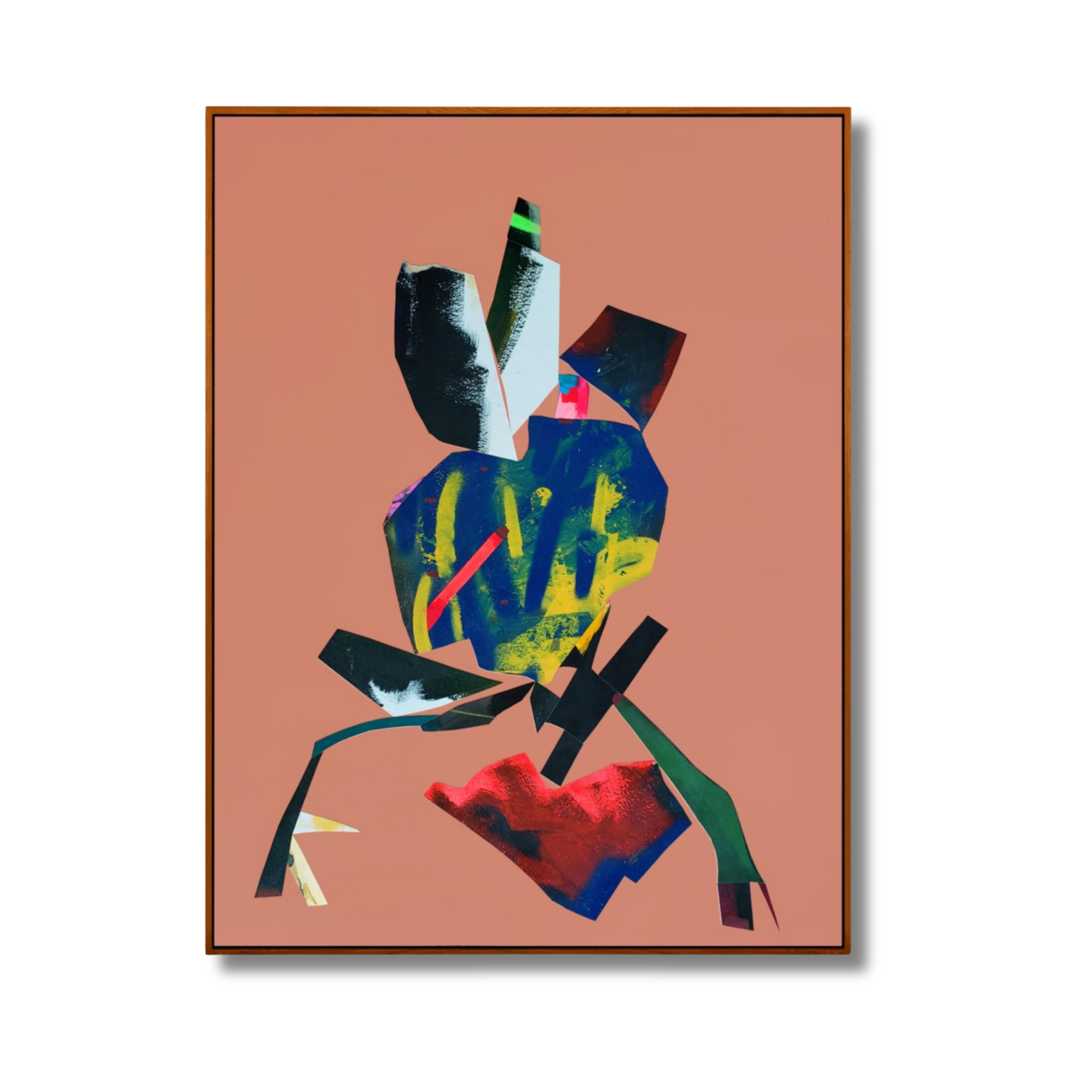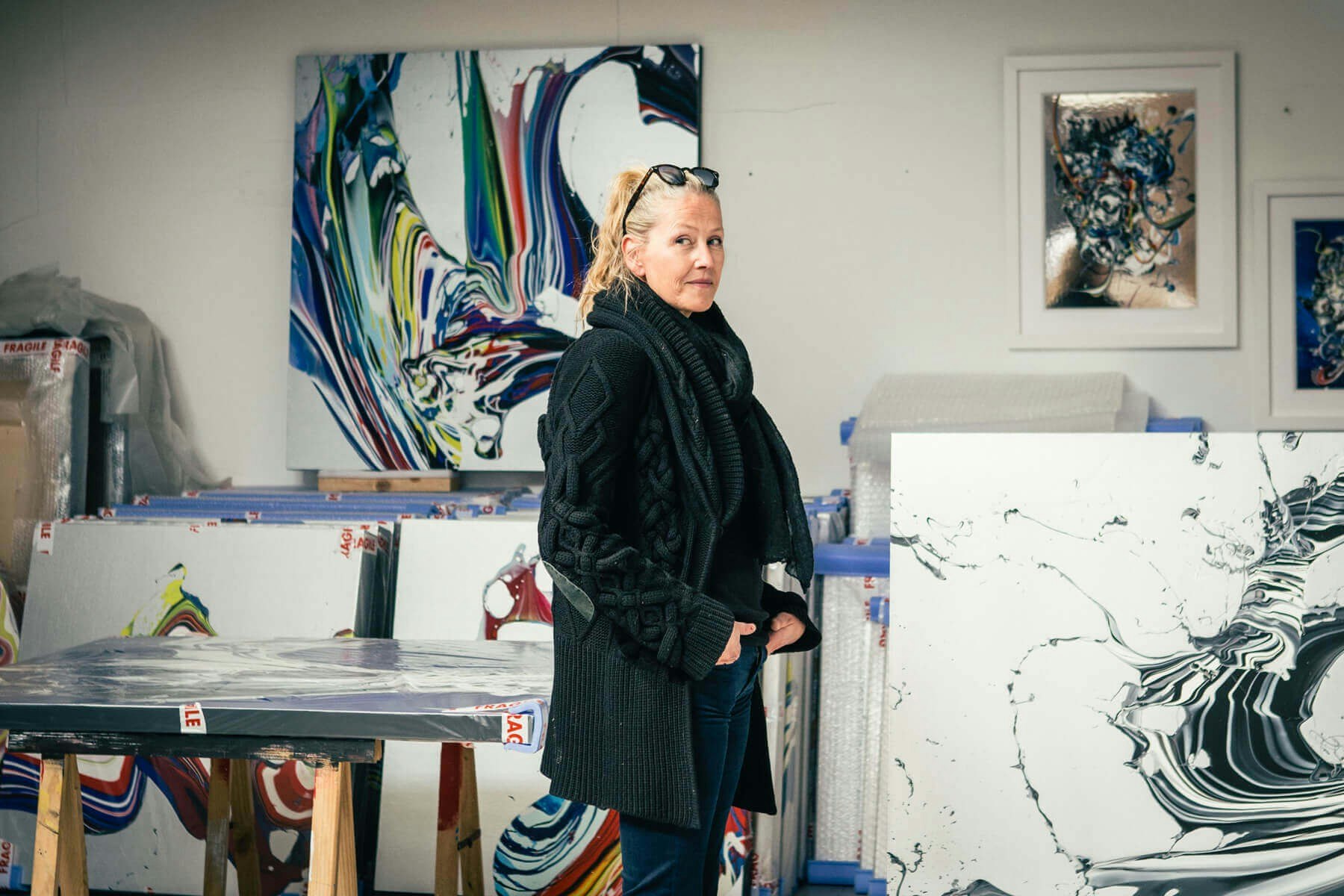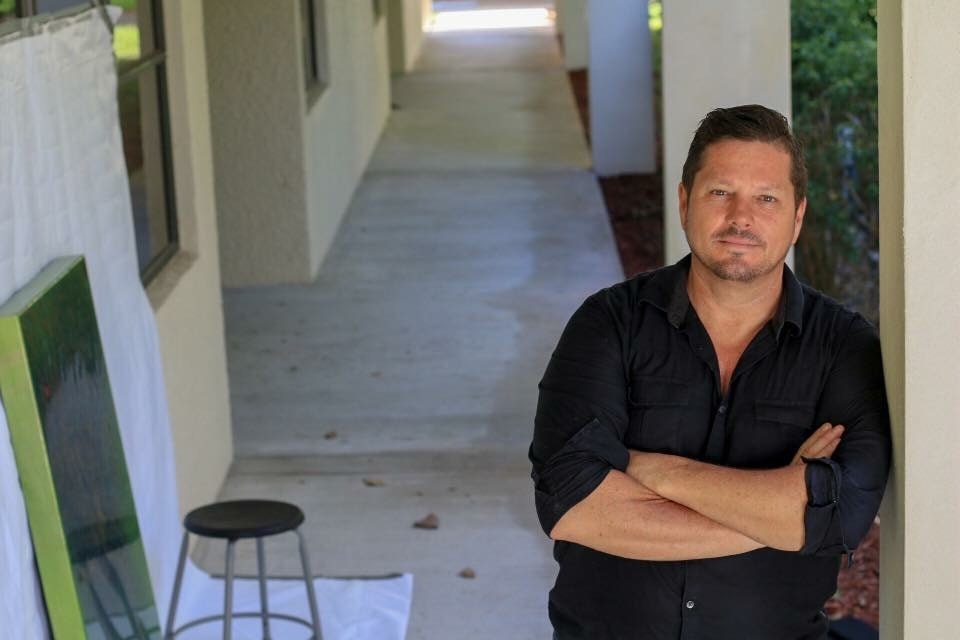Beverly Fishman is a contemporary American artist known for her vibrant and geometric artworks that often explore the intersections of art, science, and technology. Born in Philadelphia, Pennsylvania, in 1955, Fishman's artistic journey has been marked by her unique approach to abstract art and her exploration of the impact of pharmaceuticals and digital culture on society.
Fishman's signature style is characterized by her use of bold, fluorescent colors and geometric shapes, which often take the form of pill-like capsules and other medical references. Her artworks are meticulous and precise, and they often convey a sense of order and repetition, reflecting the influence of technology and the pharmaceutical industry on contemporary life.
One of Beverly Fishman's notable contributions to the art world is her ability to create visually striking and conceptually layered art that engages with issues related to identity, health, and the human condition. Her art often serves as a commentary on the medicalization of society and the ways in which technology has transformed our perceptions of the body and mind.
Fishman's art has been exhibited in galleries and museums internationally, earning recognition for her ability to bridge the worlds of abstract art and conceptual art. Her works invite viewers to contemplate the relationships between art, science, and contemporary culture.
In addition to her visual art, Beverly Fishman has been involved in art education and has taught at institutions such as the Cranbrook Academy of Art. Her commitment to exploring the boundaries of art and science underscores her significance as an artist who pushes the boundaries of artistic expression.
As an artist, Beverly Fishman continues to explore new concepts and techniques, using her art to provoke thought and discussion about the ways in which technology and pharmaceuticals shape our lives. Her ability to create art that challenges conventions and engages with pressing societal issues makes her a significant figure in the contemporary art world, reminding us of the complex and multifaceted nature of the human experience.










